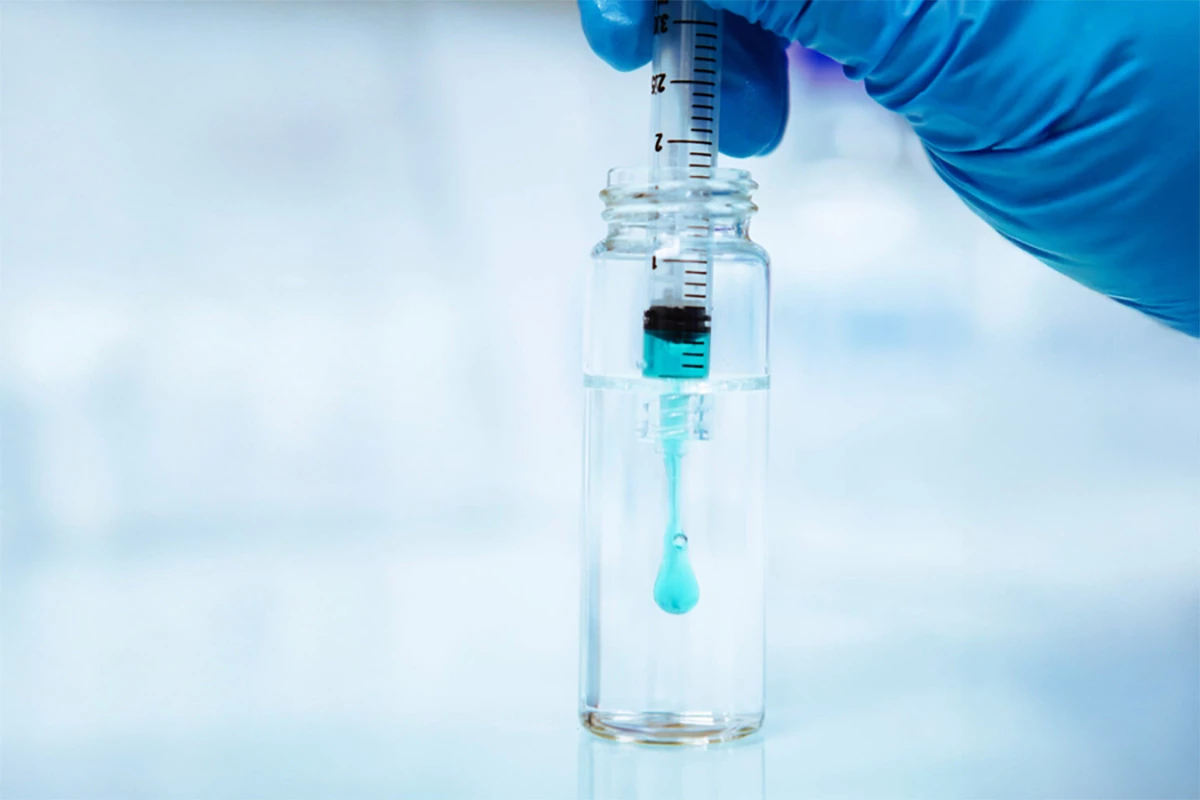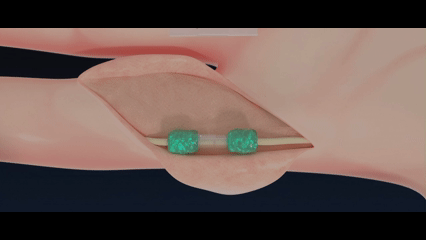The sutures used to help close up large cuts and surgical incisions mostly get the job done, but they're far from perfect. A new biocompatible polymer that helps glue and repair tissue without causing damage – initially developed at Massachusetts Institute of Technology (MIT) – might be a better way to heal wounds.
It's been in the works for several years, first as part of a PhD student's research project focused on polymers, and then as a fixation platform that could safely seal holes in the hearts of pigs and rats.
In 2013, the work spun out of MIT into a company called Tissium to build on its capabilities and solve problems for surgeons dealing with decades-old ways to repair tissue like sutures and staples. One of the polymer's standout features is its ability to attach to wet tissue when activated using a blue light for about 30 seconds.

To this end, Tissium is exploring numerous tissue repair solutions based on its biopolymer tech, and it's presently commercializing one for nerves in the fingers and toes. Called Coaptium Connect, it includes the polymer that supports healing, as well as a 3D-printed casing for holding nerves in place, and a blue light that activates the polymer.
Once the polymer is applied and activated so it attaches fully, the casing is removed and the incision for exposing the nerve is closed up. The polymer helps create a strong connection between the nerve ends, and subsequently dissolves through hydrolysis. You can see how this works in the animation below.

Tissium says it has trialed this with 12 patients with nerve damage in their digits, who all regained the full ability to flex their fingers and toes. In contrast, the company's analysis showed that only 54% of patients who receive nerve repair treatment using sutures achieve highly meaningful recovery after surgery – which means the rest could face issues with sensation and motor function in those digits.
Coaptium Connect has received the US Food and Drug Administration's (FDA) De Novo marketing authorization, and is now commercially available in the US. Tissium is currently adapting the tech behind it to develop six more products, including a hernia repair system, and a vascular sealant for the heart.
According to the company's co-founder Jeff Karp, there's scope to go even further with this light-activated polymer and create a range of implantable medical devices. "Our polymers are programmable, so we can program the degradation, the mechanical properties, and this could open up the door to other exciting breakthroughs in medical devices with new capabilities," he said.
Source: MIT News




